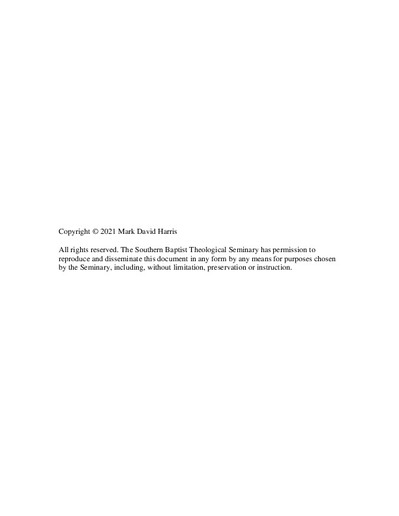| dc.description.abstract | People, pundits, the press, pulpiteers, and politicians opine that religion has been the major cause of war since the beginning of history. Many claim that religions are the same in their militancy; that one religion is as violent as the next. Some argue that religion is not important in modern conflict and statecraft, and that organizations should pay no attention to religion. Governments and other organizations wrestle with how to operate in a world which is violent, as well as religious. This study notes the effect of religion on war and evaluates religious militancy in five major world religions (Judaism, Buddhism, Hinduism, Islam, and Christianity). Religious militancy is comprised of Doctrinal Militancy (what the scriptures say) and Lived Militancy (what followers do). Doctrinal Militancy is quantified by evaluating five major militancy-related words (battle, conquer, fight, sword, and war) in the primary scriptures of each religion. Every instance of each word is reviewed in context and in consultation with appropriate commentaries. After review, each word is graded on a scale of 1 to 5 (prohibits violence, discourages violence, neutral, encourages violence, commands violence). Scores are grouped to calculate the Doctrinal Militancy Index (DMI) of each religion. Lived Militancy is not quantified but is illustrated by looking at the militant behavior of early leaders, later leaders, and modern adherents in each religion.
Islam was discovered to have the highest DMI, followed by Hinduism, Judaism, Christianity, and Buddhism. Regarding lived militancy, a review of the historical record demonstrates that Christianity was the least militant in its first 300 years. However, since the first 300 years after the founding of each religion, there has been little difference in the lived militancy of each.
Based on scriptural teachings and historical precedent, the conclusion shares techniques by which governments, militaries, businesses, and other organizations can evaluate conflicts and shape religious influences to achieve their goals. Finally, three modern conflicts are examined - India-Pakistan, China-South China Sea neighbors, and Israel-Arab nations - and recommendations made to evaluate and address the religious component of each conflict. | en_US |

